Smallpox, a disease that once ravaged humanity, left many survivors marked by physical scars. With evidence of its devastating impact in ancient records and mummified remains, one common question persists: Are smallpox vaccine scars permanent? These marks are not only physical reminders but also symbols of the global effort to combat a deadly disease.
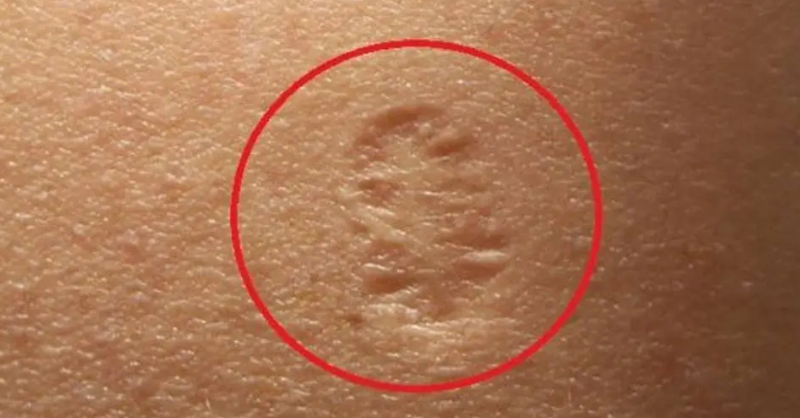
In the late 18th century, the introduction of the smallpox vaccine began a revolutionary journey. By 1980, the World Health Organization declared smallpox eradicated, a monumental achievement in medical history. However, the vaccine left a distinctive mark—a round scar on the upper arm—serving as a lasting testament to this victory.
Beyond its physical presence, the scar is a symbol of collective resilience and scientific progress. Let’s delve into the history, characteristics, and enduring significance of the smallpox vaccination scar.
The History of Smallpox and the Vaccine
Smallpox, caused by the variola virus, was one of humanity’s deadliest diseases. Traces of the disease date back to ancient Egypt, with mummified remains providing evidence of its impact. Over centuries, smallpox swept across continents, killing millions and altering the course of history. It influenced wars, toppled populations, and even shaped royal successions.

The turning point came in the late 18th century when Edward Jenner discovered a breakthrough. By using cowpox—a less severe, related disease—Jenner demonstrated how immunity against smallpox could be achieved. His experiment with a young boy named James Phipps marked the advent of vaccination, laying the groundwork for eradicating smallpox.
Through global vaccination efforts and continuous improvements, the smallpox vaccine became the weapon that ended the disease’s reign, culminating in its eradication by the late 20th century.
Understanding Smallpox and Its Management
Smallpox had a profound impact on human history, not just for its high mortality rate but also for the scars it left behind—both physical and societal. Here’s a brief overview of its symptoms and treatment:
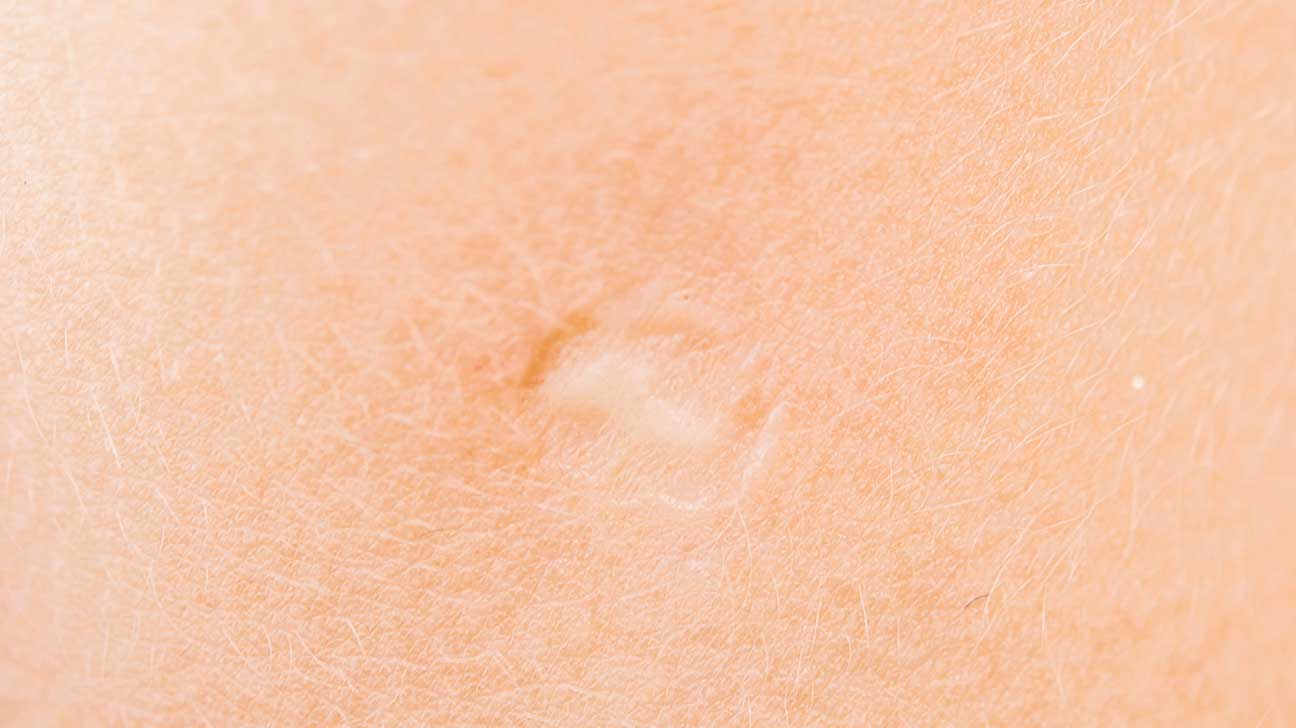
Symptoms
- Incubation Period: After exposure, symptoms would remain dormant for 7 to 17 days.
- Early Symptoms: These mimicked other viral illnesses and included fever, fatigue, headaches, backaches, malaise, and vomiting.
- Rash: The disease progressed with a rash that started on the face, hands, and arms before spreading. The rash went through stages:
- Flat red spots (macules)
- Raised bumps (papules)
- Fluid-filled blisters (vesicles)
- Pus-filled blisters (pustules)
- Scabs, which left permanent scars once they fell off
- Additional Symptoms: Severe abdominal pain, delirium, and, in some cases, arthritis.

Treatment
- Isolation: Patients were isolated to limit contagion.
- Supportive Care: Treatment focused on hydration, pain management, and managing secondary infections.
- Vaccination: The smallpox vaccine was key in preventing the disease and mitigating its severity if administered shortly after exposure.
- Antiviral Drugs: While rarely used, some antivirals showed promise in laboratory settings.
- Skin Care: Proper care helped minimize complications like secondary infections.
Thanks to rigorous global vaccination campaigns, smallpox was eradicated, with the last natural case reported in 1977. Today, the smallpox vaccine is no longer routine due to the disease’s elimination.
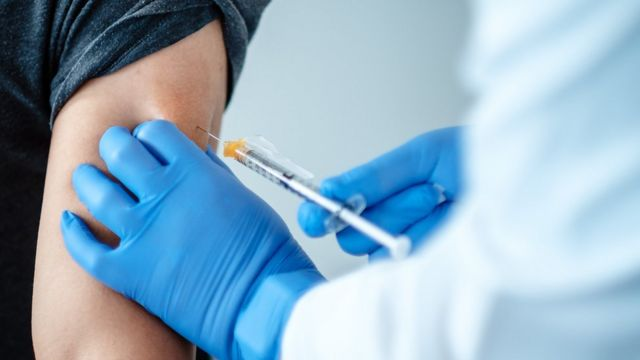
How the Smallpox Vaccine Was Administered
The smallpox vaccine’s method of delivery was unique. Unlike modern vaccines administered via syringes, it involved a bifurcated (two-pronged) needle. The needle was dipped in vaccine solution, and the skin, usually on the upper arm, was pricked multiple times in quick succession.
This process introduced the vaccine into the skin’s outer layers, triggering an immune response. A papule formed at the site, which progressed to a vesicle, then a scab. The healing process often left behind a scar.
The scar’s permanence stemmed from two factors: the trauma caused by the needle pricks and the body’s immune response, which included inflammation and tissue repair. The scar not only confirmed successful vaccination but also served as a visual reminder of immunity.
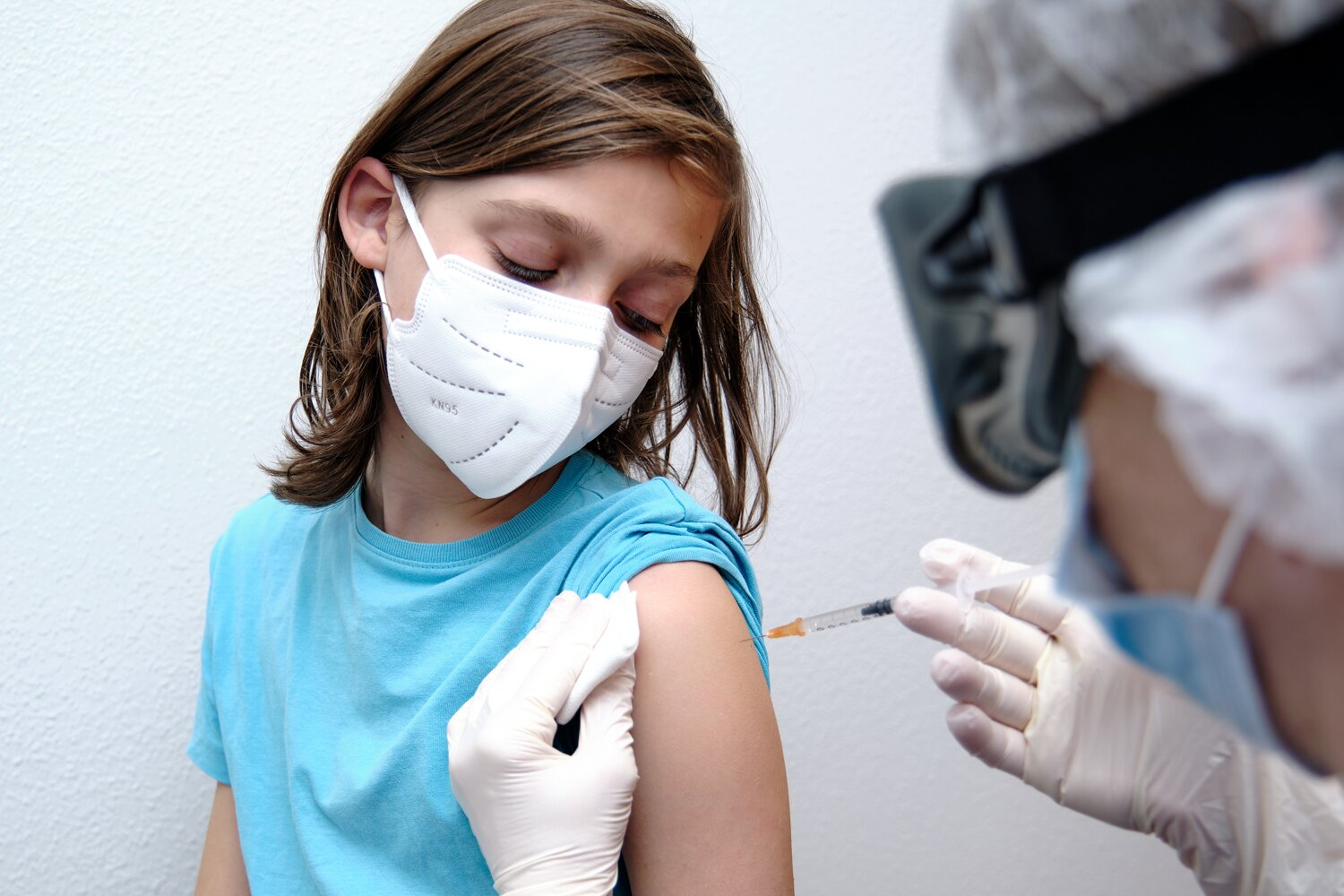
Characteristics of the Smallpox Vaccination Scar
The smallpox vaccination scar is distinctive and holds historical significance. Key features include:
- Appearance: Round, slightly indented, and about 10–15 millimeters in diameter. It starts as a raised bump and eventually heals into a noticeable scar.
- Difference from Other Vaccines: Unlike most modern vaccines, which leave no mark, the smallpox vaccine’s unique administration method often resulted in visible scarring.
- Symbolism: The scar serves as a reminder of global unity against disease, representing scientific triumph and the importance of public health initiatives.
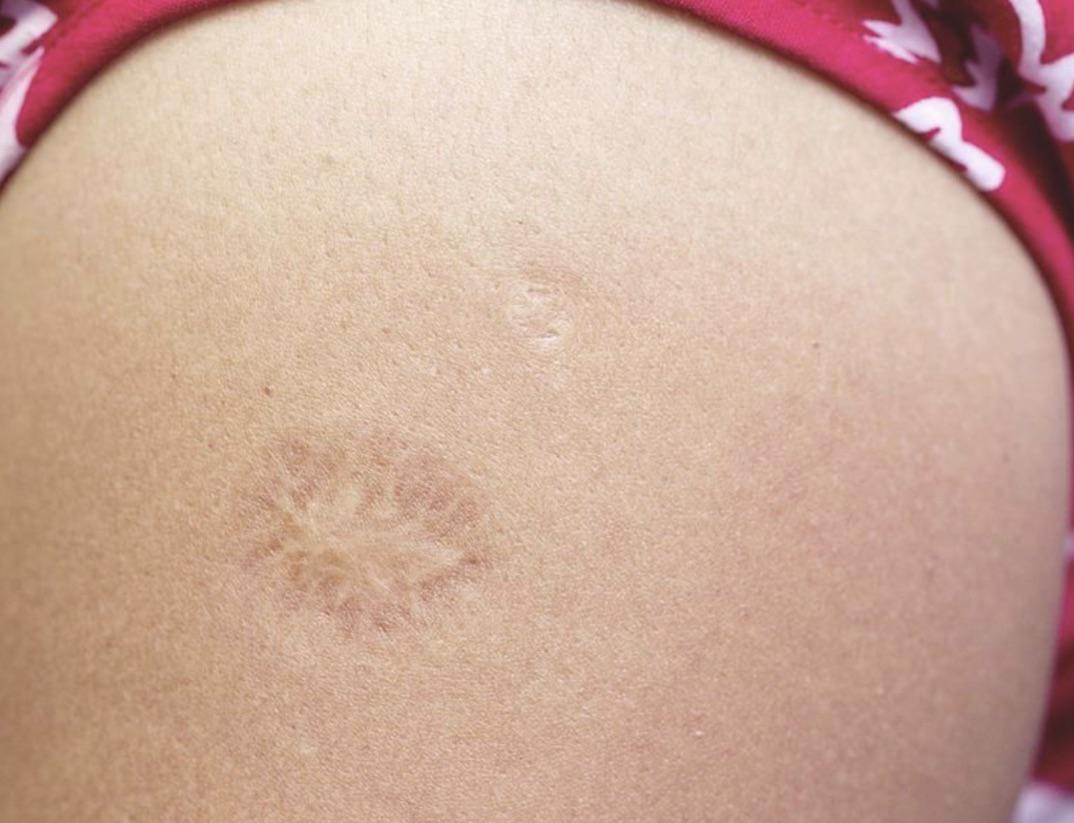
Are Smallpox Vaccine Scars Permanent?
For most people, the scars are permanent. Over time, they may fade but remain visible as a round, indented mark. Factors like healing processes and post-vaccination care can affect their prominence, but complete disappearance is rare.
Minimizing or Removing Smallpox Scars
Advancements in dermatology offer ways to reduce the visibility of scars, though complete removal is unlikely. Options include:
- Topical Treatments: Creams with silicone can soften and reduce scars.
- Laser Therapy: Promotes collagen production to smooth the skin.
- Dermal Fillers: Elevates indented scars to match surrounding skin.
- Microdermabrasion: Removes the top skin layer to diminish scar appearance.
- Surgical Revision: An option for severe scarring.
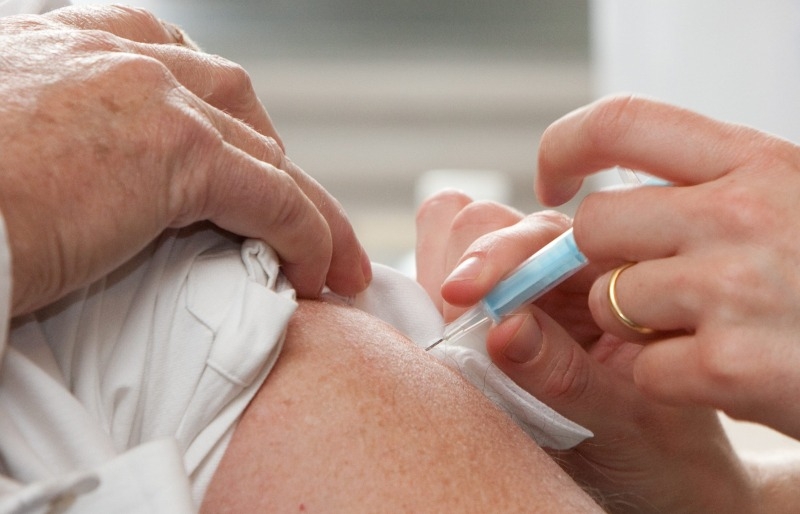
Common Myths About Smallpox Scars
Despite their significance, smallpox scars have been surrounded by misconceptions:
- Sign of Disease: The scar doesn’t mean someone had smallpox; it shows they were vaccinated.
- Infectiousness: The vaccine’s live virus (vaccinia) cannot cause or spread smallpox.
- Immunity to All Pox Viruses: The vaccine only protected against smallpox, not other pox-related diseases.
- Guarantee of Immunity: A scar typically indicates successful vaccination, but not always.

A Symbol of Triumph
Smallpox, once one of humanity’s greatest threats, serves as a testament to resilience, scientific progress, and global collaboration. The scars left behind are more than physical marks—they are symbols of victory over a disease that shaped human history.
The eradication of smallpox demonstrates the power of collective action and medical innovation. As we face new health challenges, the story of smallpox reminds us of the strength in unity and the importance of perseverance in overcoming adversity.